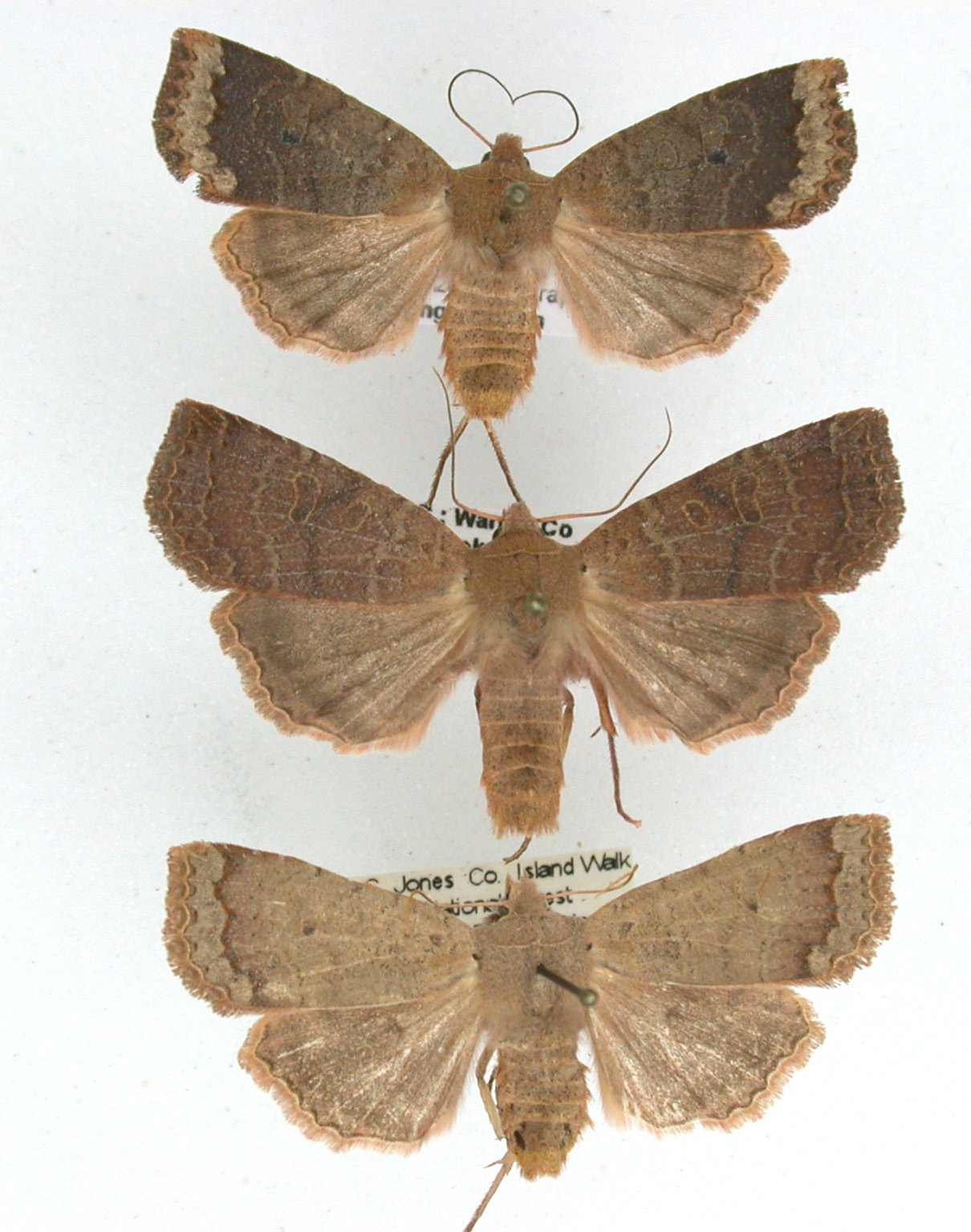
| Recorded by: Jim Petranka on 2025-11-14
Madison Co.
Comment: | 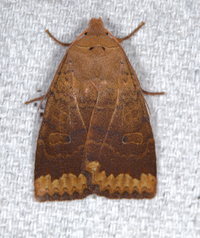
| Recorded by: Jim Petranka on 2025-11-07
Madison Co.
Comment: |

| Recorded by: Jeff Niznik, David George on 2025-04-05
Chatham Co.
Comment: | 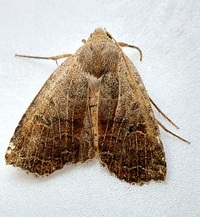
| Recorded by: Mark Basinger on 2025-04-05
Rowan Co.
Comment: |

| Recorded by: Mark Basinger on 2025-04-05
Rowan Co.
Comment: | 
| Recorded by: Mark Basinger on 2025-03-25
Brunswick Co.
Comment: |
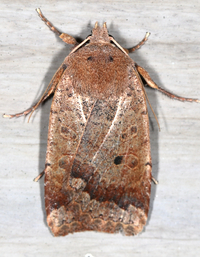
| Recorded by: Jim Petranka on 2025-03-11
Madison Co.
Comment: | 
| Recorded by: David George, Jeff Niznik on 2024-04-01
Chatham Co.
Comment: |

| Recorded by: David George, Jeff Niznik on 2024-04-01
Chatham Co.
Comment: | 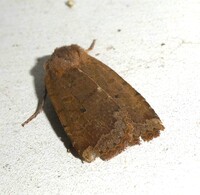
| Recorded by: Simpson Eason on 2024-04-01
Durham Co.
Comment: |

| Recorded by: Emily Stanley on 2024-03-17
Buncombe Co.
Comment: | 
| Recorded by: Mark Basinger on 2024-01-25
Wilson Co.
Comment: |

| Recorded by: Mark Basinger on 2024-01-24
Wilson Co.
Comment: | 
| Recorded by: Mark Basinger on 2024-01-24
Wilson Co.
Comment: |

| Recorded by: Jim Petranka on 2023-03-01
Madison Co.
Comment: | 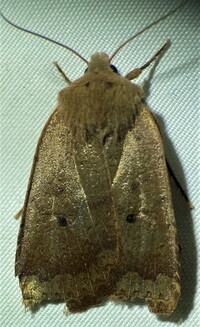
| Recorded by: Dean Furbish on 2023-02-08
Wake Co.
Comment: |
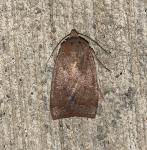
| Recorded by: K. Bischof on 2023-01-01
Transylvania Co.
Comment: | 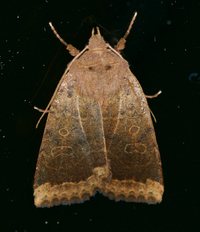
| Recorded by: Jim Petranka on 2022-04-04
Madison Co.
Comment: |
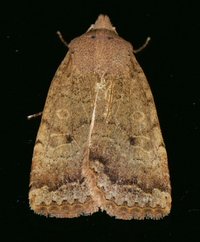
| Recorded by: Jim Petranka on 2022-03-31
Madison Co.
Comment: | 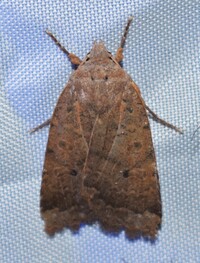
| Recorded by: Jeff Niznik on 2022-03-30
Wake Co.
Comment: |
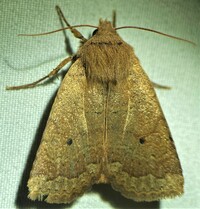
| Recorded by: Dean Furbish and Joy Wiggins on 2022-03-22
Wake Co.
Comment: | 
| Recorded by: tom ward on 2022-03-18
Buncombe Co.
Comment: |
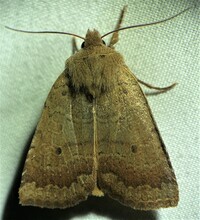
| Recorded by: Dean Furbish and Joy Wiggins on 2022-03-03
Wake Co.
Comment: | 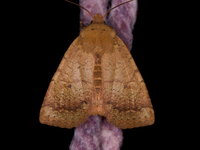
| Recorded by: Jim Petranka on 2021-12-17
Madison Co.
Comment: |
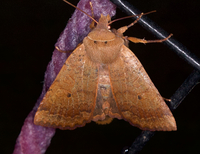
| Recorded by: Jim Petranka on 2021-12-16
Madison Co.
Comment: | 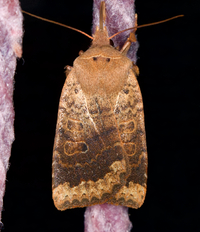
| Recorded by: Jim Petranka on 2021-12-10
Madison Co.
Comment: |
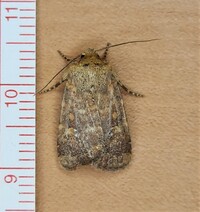
| Recorded by: Gary Maness on 2021-04-26
Guilford Co.
Comment: | 
| Recorded by: Jim Petranka on 2021-04-10
Madison Co.
Comment: |
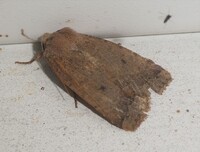
| Recorded by: Simpson Eason on 2021-04-08
Durham Co.
Comment: | 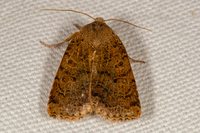
| Recorded by: David L. Heavner on 2021-03-30
Chatham Co.
Comment: |
|

 »
»